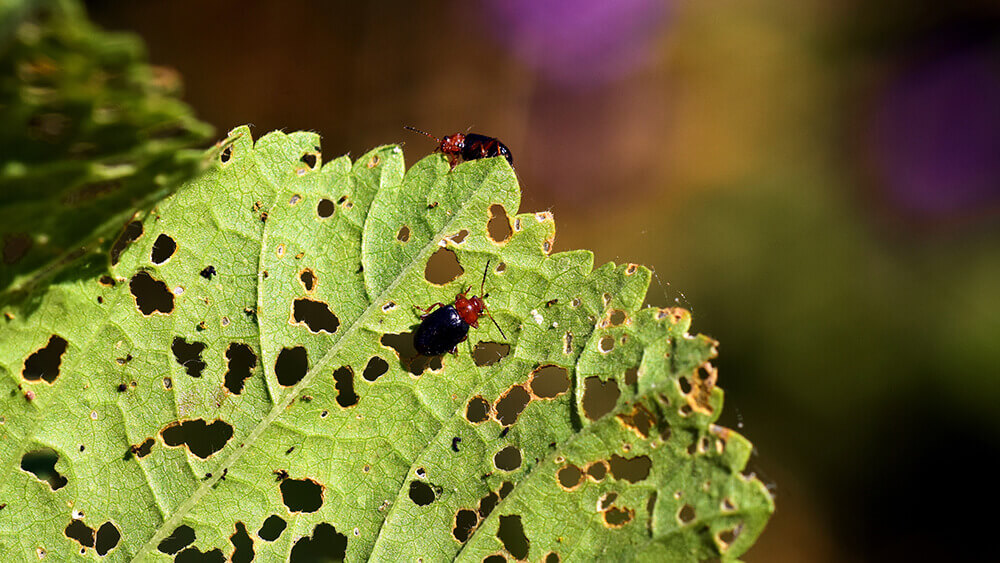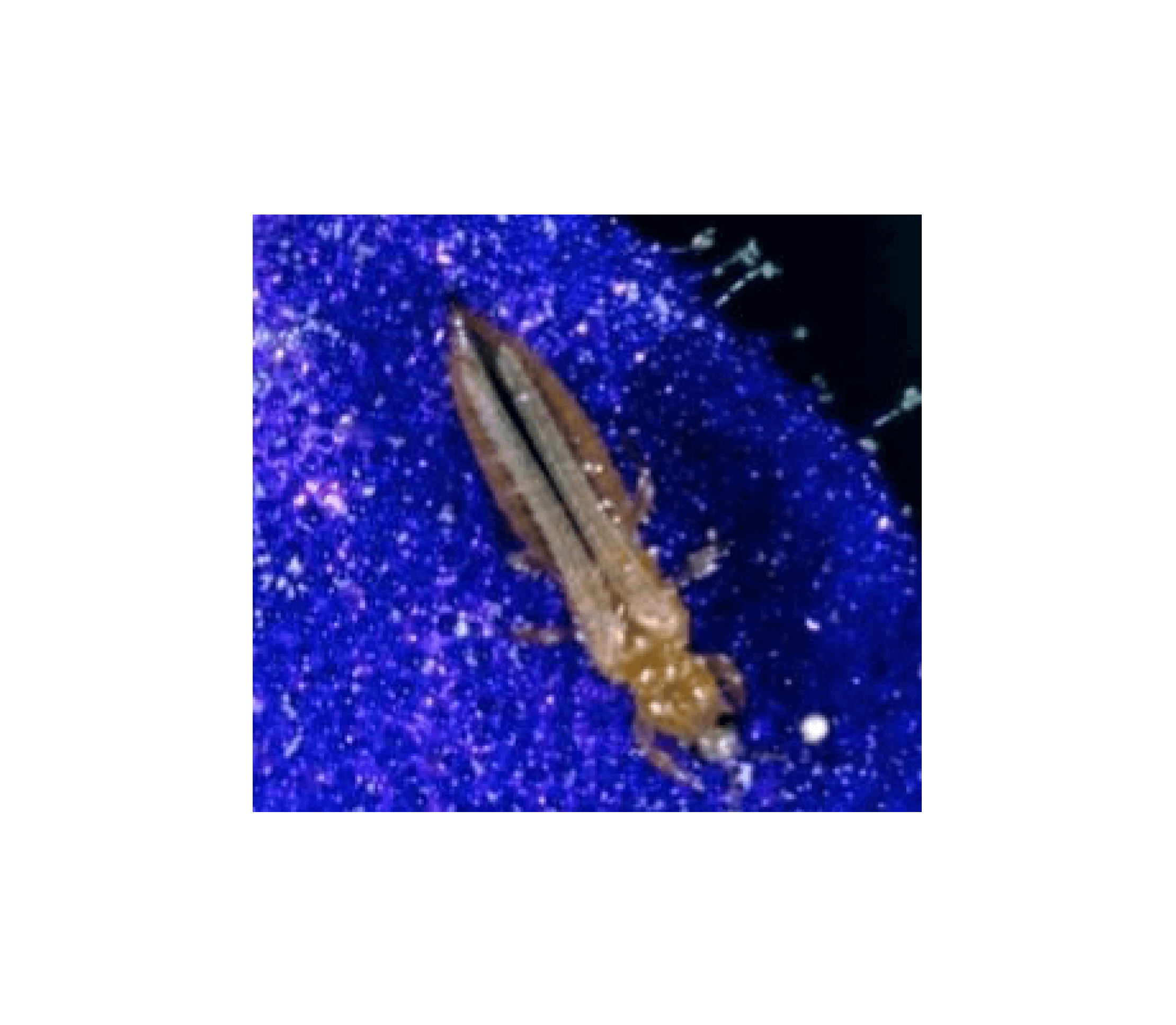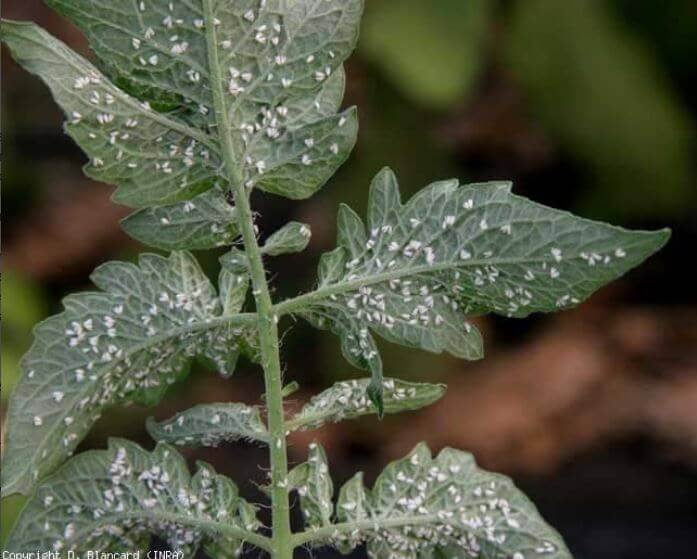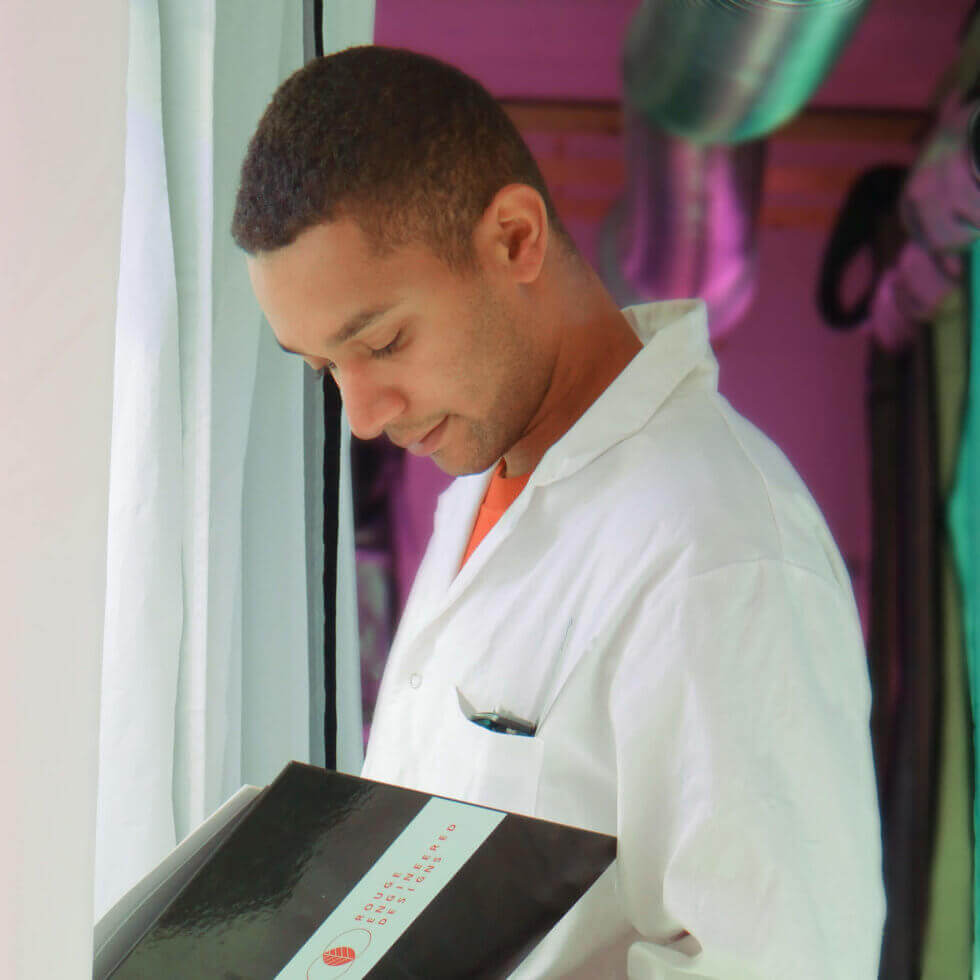
Light as an effective means of combating pests.
20% of yield losses worldwide are caused by insect pests.
14 November 2023
France’s Ecophyto plan aims to reduce the use of plant protection products by 50% by 2025.
Among the alternative control tools being studied, optimised light management is promising. On the one hand, it can have a direct effect by disrupting the insects’ biological cycle or their perception of their environment. On the other hand, it can lead to changes in plant metabolism that have an impact on the development of pests.
Light: multiple direct impacts on insect pests
The quality of the light spectrum
The effects of light quality on insects depend on the species and wavelengths considered.
Colonization of the crop by pests is more difficult under certain light conditions. Ultraviolet (UV) rays are by far the most studied wavelengths. Under UV-deficient light, insects have difficulty flying and dispersing. In addition, they have lower fecundity and egg lifespan is reduced, as in the mite Neoseiulus womersleyi.
Other wavelengths also impact the development and behavior of insects. The thrips Frankliniella occidentalis have been shown to be attracted to blue, white, blue-violet and yellow light as well as UV light. Furthermore, green-yellow lights are important when whiteflies detect host plants. A red and blue spectrum leads to a decrease in the population of yellow spiders Tetranychus urticae on strawberries. This knowledge makes it possible to set up traps for pests by attracting them to sticky strips or away from crops.

Figure 1: Californian thrips Frankliniella occidentalis on a flower petal Source: Ephytia.
The intensity of the light spectrum
Another characteristic of light that affects insects is light intensity. It can affect their locomotion, fecundity and survival. For example, the take-off of thrips and whiteflies is partly regulated by light intensity. It has also been observed that the number of eggs laid by the predatory mite (Neoseiulus cucumeris) increases with light intensity.
Photoperiod
The last essential characteristic of light that can affect insect development is photoperiod. It can disrupt their natural rhythms, notably diapause(*) and migration. For example, the cabbage whitefly Aleyrodes proletella enters diapause(*) when the photoperiod is reduced to less than 15 hours a day.
(*) Diapause is the period during which insects’ life cycle is reduced to cope with environmental conditions that are not conducive to their survival.

Figure 2: Whiteflies on tomato leaves Source: Blancard, 2015.
Light: an indirect effect on insect pests.
In addition to its effects on insect biology and life cycles, light stimulates plant defense systems. The synthesis of secondary metabolites is induced by numerous wavelengths such as UV-A and B, blue, green and red light. Some of these molecules are part of the plant’s defense system and can be toxic to pests. In addition, exposure of plants to different wavelengths leads to physical and physiological changes that can make them more or less attractive to insects. Plant-pest interactions are complex and highly species-dependent. Each insect reacts differently to exposure to a given secondary metabolite.
Lighting control is an essential parameter for the success of a crop, as it increases yield and improves quality. It also promotes the natural regulation of crop pests. However, good lighting management is essential, as the characteristics of the light spectrum can also have an impact on beneficial insects. New technologies for horticultural lighting allow live control of luminaires and modification of the light spectrum according to needs.


